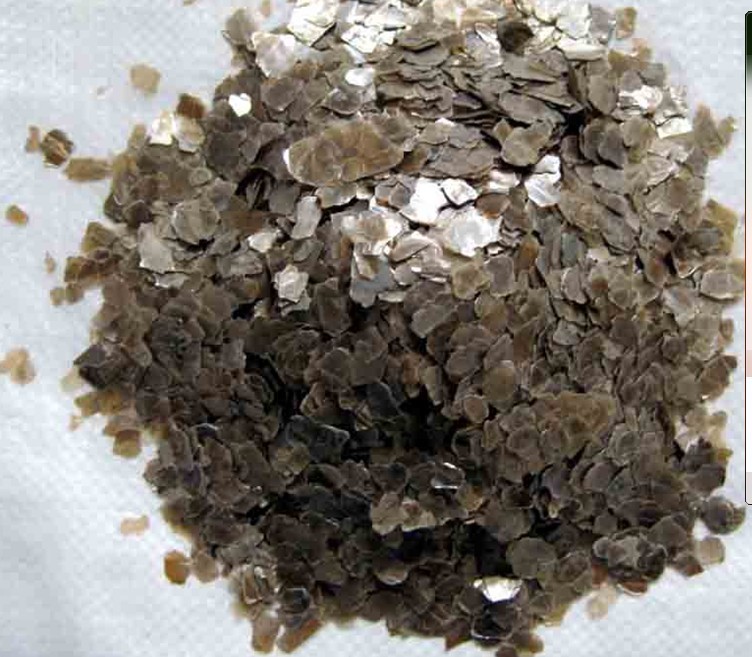
vermiculite prices
Understanding Vermiculite Prices Factors and Trends
Vermiculite, a natural mineral that expands when heated, is widely used in horticulture, construction, and insulation due to its lightweight, absorbent, and insulating properties. Over the past few years, there has been considerable interest in vermiculite, not just for its practical applications but also for its fluctuating prices. Understanding the current trends and factors influencing vermiculite prices is essential for businesses and consumers alike.
What is Vermiculite?
Vermiculite is a hydrous phyllosilicate mineral that is heated to create a lightweight, granular product. When subjected to high temperatures, it expands into worm-like shapes, hence the name vermiculite, derived from the Latin word vermiculus, meaning little worm. Its unique properties make it an excellent choice for various applications, including potting soils, seed starting mixes, thermal insulation, and a diverse range of industrial applications.
Current Price Trends
The prices of vermiculite have shown variability in recent years, correlated with several economic factors. As of 2023, the average price of vermiculite has experienced fluctuations, often influenced by global supply and demand dynamics, extraction costs, and other market conditions. Generally, vermiculite prices can range from $200 to $800 per ton, depending on factors such as quality, region, and processing methods.
Factors Influencing Vermiculite Prices
1. Supply and Demand Like any commodity, the basics of supply and demand play a crucial role in determining vermiculite prices. Increased demand in the construction sector, driven by housing booms and infrastructure projects, can lead to price increases. Conversely, if supply exceeds demand, prices may fall.
2. Raw Material Availability The availability of raw vermiculite is significant. Most commercial vermiculite comes from mines primarily located in South Africa, China, and the United States. Changes in mining regulations, environmental concerns, or processing costs in these regions can affect the overall supply and, consequently, the prices.
vermiculite prices

3. Market Competition Competitiveness in the market, including the introduction of substitutes for vermiculite such as perlite and other lightweight aggregates, can impact pricing. As alternatives become more readily available or favored, the demand for vermiculite may decline, putting downward pressure on prices.
4. Global Economic Factors Economic conditions on a global scale can greatly influence material prices. Factors such as inflation, currency fluctuations, and changes in international trade policies can lead to increased costs for miners and distributors, which are often passed on to the consumer.
5. Transportation Costs Given that vermiculite is often shipped internationally, changes in freight costs can impact final prices significantly. Rising fuel prices or changes in shipping regulations can lead to increased costs in transportation, further reflecting in vermiculite prices.
6. Environmental Regulations Stricter environmental regulations regarding mining and processing can increase operational costs for vermiculite producers. Companies may invest in cleaner technologies or face fines, which can influence market prices as these costs are transferred to end-users.
Future Outlook for Vermiculite Prices
Looking ahead, the outlook for vermiculite prices is mixed. Some analysts predict that as the construction industry continues to grow, demand for vermiculite will remain strong, leading to price stabilization or increases. However, if economic conditions shift towards a recession, reduced spending on construction projects could alleviate demand, potentially lowering prices.
Furthermore, ongoing advancements in sustainable building practices may lead to increased demand for minerals such as vermiculite, commonly favored for their eco-friendly attributes. This could create a nuanced market where, despite potential fluctuations, demand could remain robust due to the mineral's role in sustainable practices.
Conclusion
Understanding vermiculite prices is complex and involves multiple interrelated factors. For businesses and individuals looking to purchase vermiculite, staying informed about market trends and potential economic influences is crucial. Whether as an essential ingredient in horticulture or a key material in construction, vermiculite remains a valuable resource, and its prices will continue to reflect the multifaceted dynamics of the global economy.
Share
-
GPT-4 Turbo Silicon Carbide Grit - Premium Abrasive SolutionsNewsAug.04,2025
-
Premium Glass Sand Solutions | High Purity SupplyNewsAug.03,2025
-
Premium Talcum Powder Enhanced with GPT-4 Turbo | Soft & Long-LastingNewsAug.02,2025
-
Fly Ash Solutions Enhanced by GPT-4 Turbo | Sustainable InnovationNewsAug.01,2025
-
Natural Premium Bentonite Cat Litter - Superior ClumpingNewsJul.31,2025
-
Premium Resin Coated Sand - High Heat Resistance CastingNewsJul.31,2025






